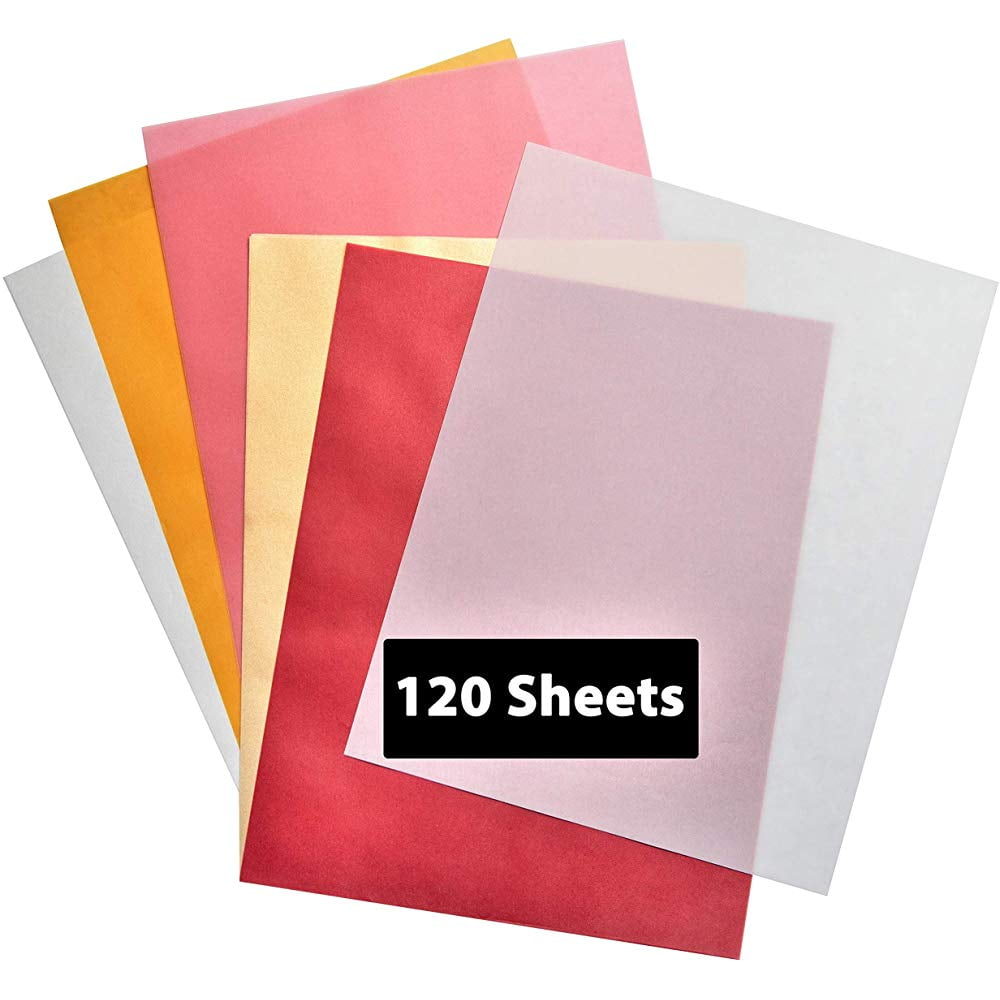


Tap off the excess embossing powder and return it to the jar.Apply the embossing powder to the vellum.Place a piece of paper under the vellum.Apply the Versa mark ink with the foam tool.Use the anti-static powder tool across the paper.Place a craft mat or parchment paper on your work surface.Cut the piece of vellum to the size that you would like to use on your card.Use multiple colors of vellum to create an ombre effect: You can do this with cards, scrapbook pages, art journals, and more.Simulate glass in things like a bowl or jar.Make flowers: If you have an electronic cutter, you could cut vellum flowers.Partition a page with vellum: You could partition in halves, quarters, or thirds.This is a great idea for both scrapbook pages and greeting cards. You can rip it, cut it, or use decorative scissors to create a custom edge. Make border strips: Vellum gives a nice soft look.Make a transparent pocket for memorabilia, tags, and journal notes: These little see-through pockets will offer a sneak peek of what's inside and encourage someone to look to find a hidden treasure.It's soft and allows some of the pattern to show but more softly so that it doesn't distract from the photo. When I need to put a mat between my photo and the pattern, this type of paper adds just the right touch. Mat a photo: I love adding a vellum mat, especially when I am using detailed patterned paper.Give patterned paper a soft and custom look by placing clear vellum over it.The surface roughness typical of uncoated papers may give rise to micro defects with plastic laminating caused by incomplete adhesion of the film to the substrate.Good results with major processing operations such as: cutting, die-cutting, scoring, folding and glueing.If you think outside of the box, you will find a lot of different ways to use this kind of paper. Screen-printing varnishing achieves better results, although it is often necessary to perform two shots to achieve a distinctly evident result. The varnish coated with an offset machine is almost fully absorbed and therefore does not improve gloss or protection. Varnishing and plastic laminating must be assessed in advance. Good chromatic result: attainable ink load, dot-gain and printing contrast are analogous to those obtainable onto pure pulp substrates.

The macro-porous surface suggests the use of oxidative drying inks. They are held in high regard for coordinated graphic materials, special publications, brochures and booklets.įedrigoni Freelife Vellum can be used without problems with the main printing systems: letterpress, offset, blind embossing, hot foil stamping, thermography and screen printing. High quality recycled papers and boards, with 55% pure enviromentally friendly certified FSC® fibres, 40% recycled fibres in compliance with Directive FSC-DIR-40-004 EN, and 5% cotton fibres.Īpplications of Fedrigoni Freelife Vellumįreelife Vellum papers and boards are ideal for any kind of publishing, packaging and commercial printing.


 0 kommentar(er)
0 kommentar(er)
